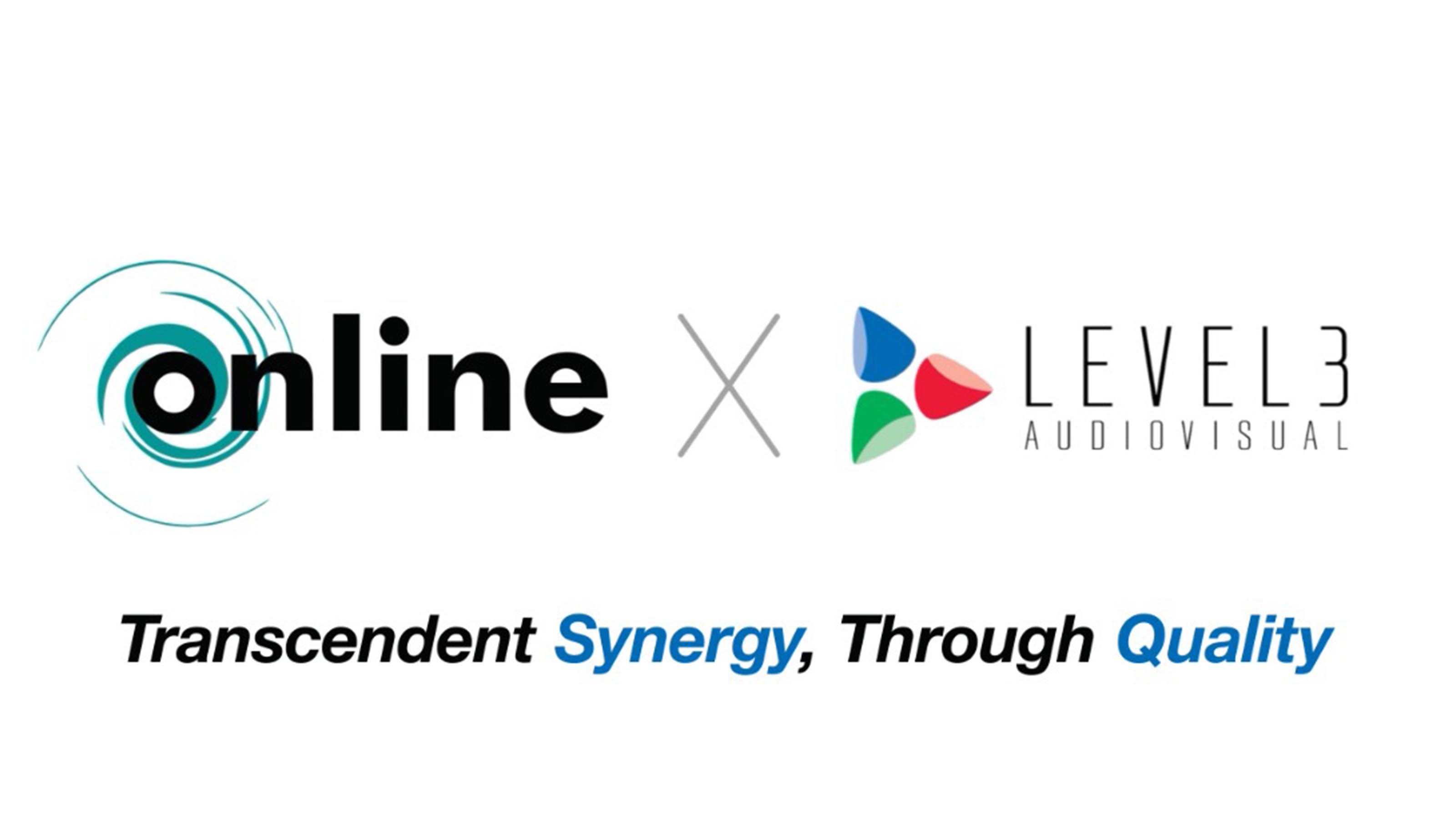Conference Space Technologies for Today and Tomorrow

Sponsored content from Legrand | AV
Stephanie Johnson, product manager, and Bob Griffin, business development manager for Vaddio, at Legrand | AV discuss the technology elements that are needed in today's conference spaces with AV Technology’s content director, Cindy Davis.
To listen to the Q/A, check out the video below.
AV Technology: What are the AV technology elements that are needed in today's conference spaces?
Bob Griffin: I think we can boil it down to a distinct checklist of must-haves. Good quality audio pickup is absolutely fundamental, and it's the most important part, even more important than the video. An adequately sized display or multiple displays are critical not just for content, but also for the participants. On the video side, you do need to have camera coverage that is appropriate to capture the participants in the space. That might be a wide field of view for a very small, narrow space or a longer zoom for a larger environment.
Accurate and controllable lighting is perhaps one of the biggest challenges. Every camera benefits from good lighting. A solid internet connection is also critical. Too many of our environments rely only on Wi-Fi for connectivity. One of the things that is often overlooked in a conference environment is when six or eight or 10, 12 people come into a room, they all have their personal devices. They might all have laptops that are connecting automatically, and if my conferencing application is running, it's going to suffer.
The other thing that is critical is having appropriate furniture for the meeting itself. So that might be table height, table design, or cable management and connectivity that are taken care of within the furniture. Typically, the furniture side and the AV side only meet after the purchases are done and the room is designed. Incorporating that into the planning process is also critical.
AVT: With the conference spaces evolving to accommodate the hybrid workforce, scalability and flexibility have really become more important than ever. What do scalability and flexibility mean when it comes to conference spaces?
Stephanie Johnson: I find people use it to mean two different things and figuring out which one they mean is very important. A lot of times scalability can just mean, “I want to take the blueprint of this room and duplicate it across my building.” And sometimes they mean, “I would like to scale the room up and have something in the interim and I need to future-proof it initially to make sure that I can integrate other pieces later.” That planning is not just the current needs of the room, but the ability to add future needs of the room without having to scrap all the equipment and start again.
For flexibility, I find people are meaning both the first and second meanings for scalability. Not just like scaling up in terms of adding cameras or microphones but adding different functionality to the room. So, whenever I hear those words, I always try to interrogate what specifically they mean because you definitely don't want to get part of the way into the design process and find out that you've you know, misunderstood each other.
AVT: A lot of companies are looking to capitalize on combining conference rooms with other types of spaces to create dual purpose rooms. What recommendations do you have to do this successfully?
Johnson: The design for something like that requires a lot of planning, and it’s important to get with the customer to understand the full scope of their needs. The big intangible that you might not think about when you're thinking about the equipment list for the room would be ease of use. The sweet spot of giving people features that they would like, but not making them difficult to access.
AVT: We hear a lot about PTZ (pan-tilt-zoom) cameras, but fixed POV (point of view) cameras have gotten smarter. What are some of the advances in fixed cameras?
Griffin: With the advent of artificial intelligence (AI) capability, and particularly with intelligent auto framing, it is allowing a fixed camera to essentially do what the PTZ was designed to do. And of course, our software codex is also going to be adding a whole lot of features going forward as well. You can essentially accomplish the same thing without the cost of motorization, and without the bulk of the camera. For those conference applications where the size of the room can be captured within the full field of view of the fixed lens, it really makes sense.
Johnson: We’ve seen an uptick in the POV cameras. In the education space, for example, maybe you want to switch to a different view of the front and back of the room. A dual camera design works without needing a full 16 or eight input video switcher.
For the person in the room who's trying to instruct or present, getting the technology out of the way and working for them is key.
To learn more, go to legrandav.com
About Legrand
Legrand | AV brands create amazing AV experiences through innovative solutions and exceptional service. As industry leaders and partners, our brands unite to form a union that is greater than the sum of its parts to provide a comprehensive offering that connects people through technology in education, corporate, house of worship, government and more. We are committed to a culture of sustainability both globally and locally. Thank you for stopping by.
A daily selection of features, industry news, and analysis for AV/IT professionals. Sign up below.
The AVNetwork staff are storytellers focused on the professional audiovisual and technology industry. Their mission is to keep readers up-to-date on the latest AV/IT industry and product news, emerging trends, and inspiring installations.
